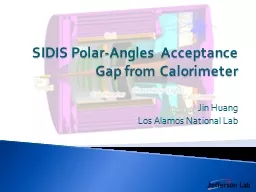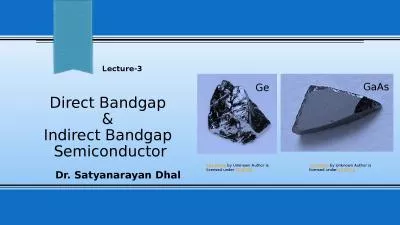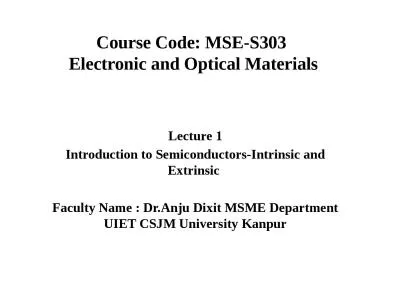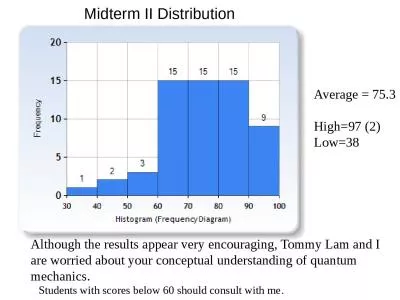PPT-Energy Band Gap Behavior as
Author : aaron | Published Date : 2018-11-04
a Function of Optical Electronegativity for Semiconducting and Insulating Binary Oxides Kristen Dagenais Chemical Engineering UMBC Matthew Chamberlain Physics
Presentation Embed Code
Download Presentation
Download Presentation The PPT/PDF document "Energy Band Gap Behavior as" is the property of its rightful owner. Permission is granted to download and print the materials on this website for personal, non-commercial use only, and to display it on your personal computer provided you do not modify the materials and that you retain all copyright notices contained in the materials. By downloading content from our website, you accept the terms of this agreement.
Energy Band Gap Behavior as: Transcript
Download Rules Of Document
"Energy Band Gap Behavior as"The content belongs to its owner. You may download and print it for personal use, without modification, and keep all copyright notices. By downloading, you agree to these terms.
Related Documents












